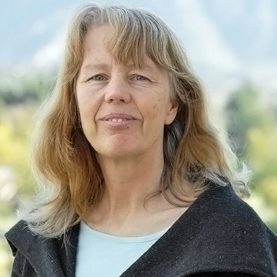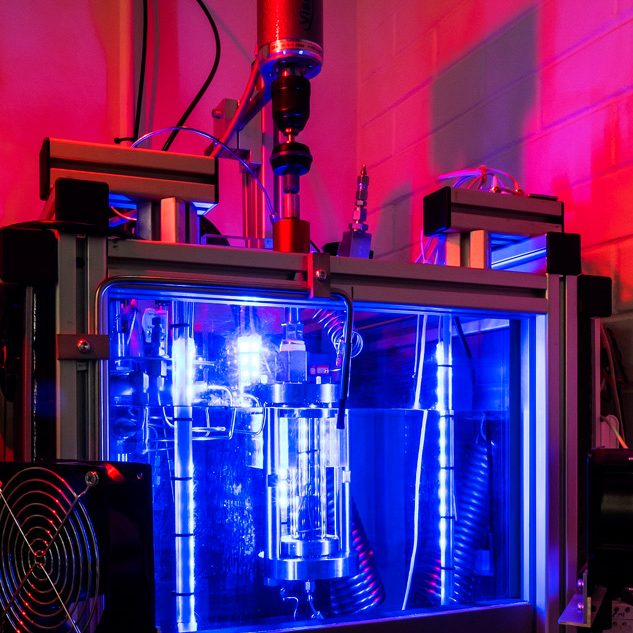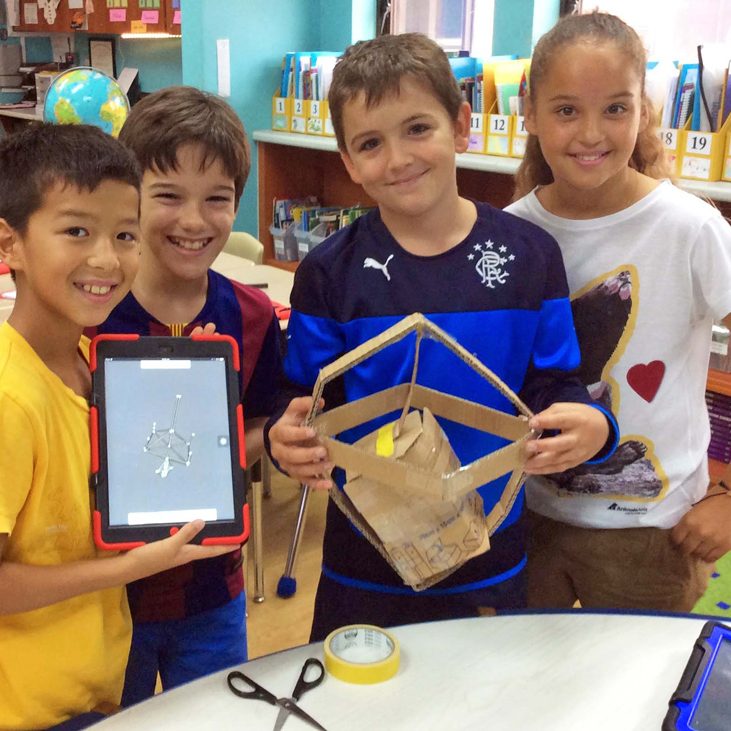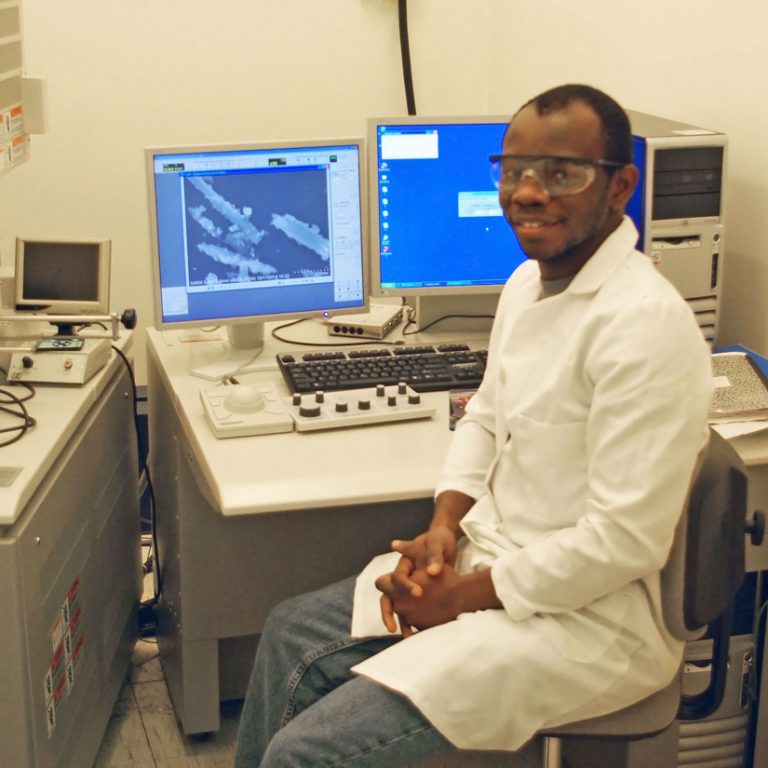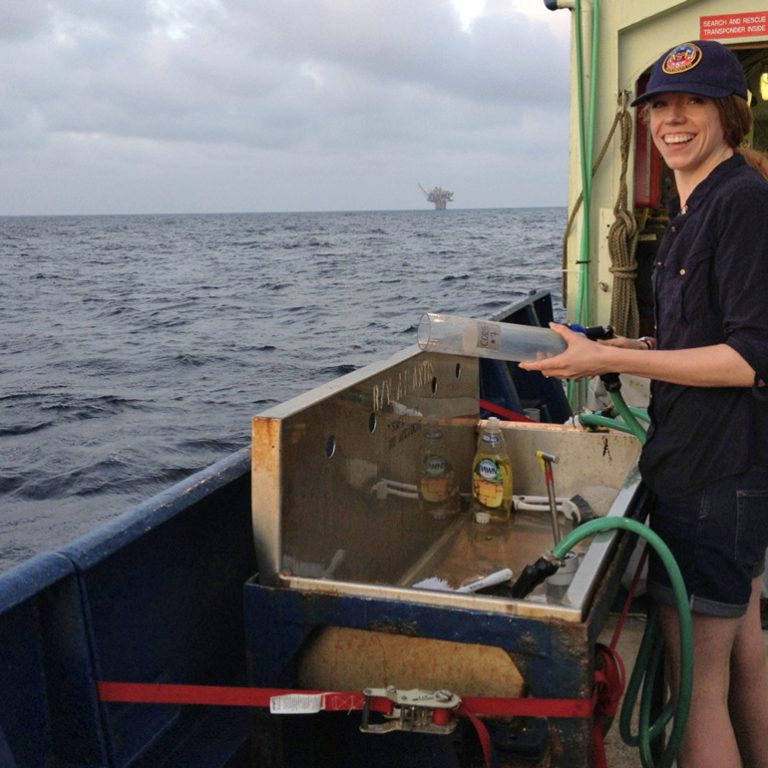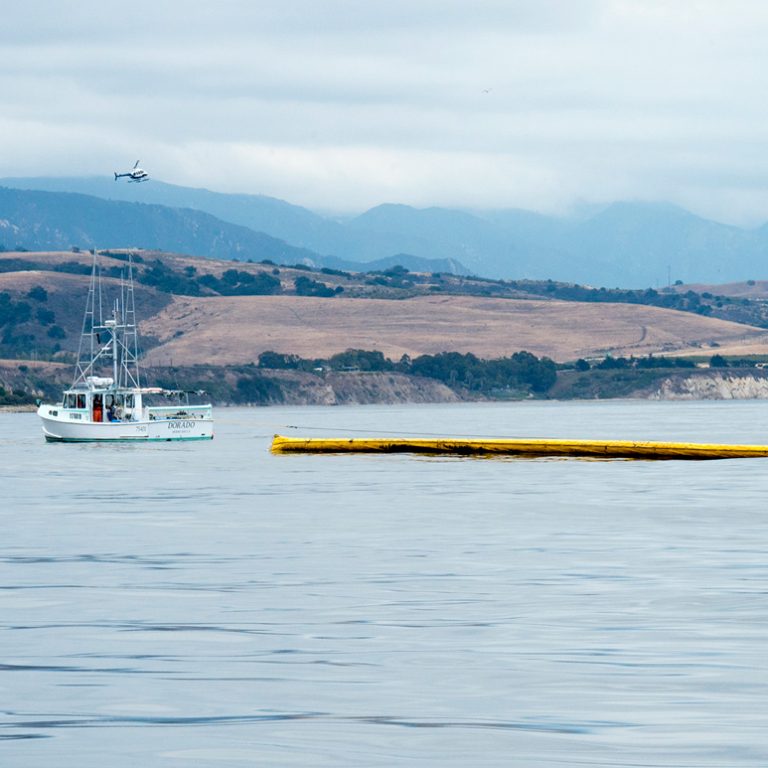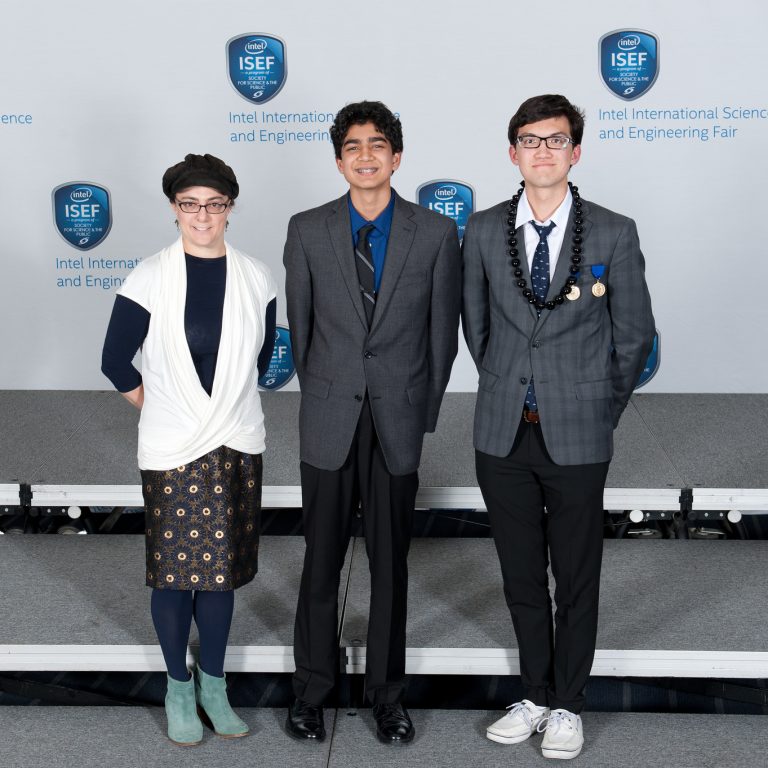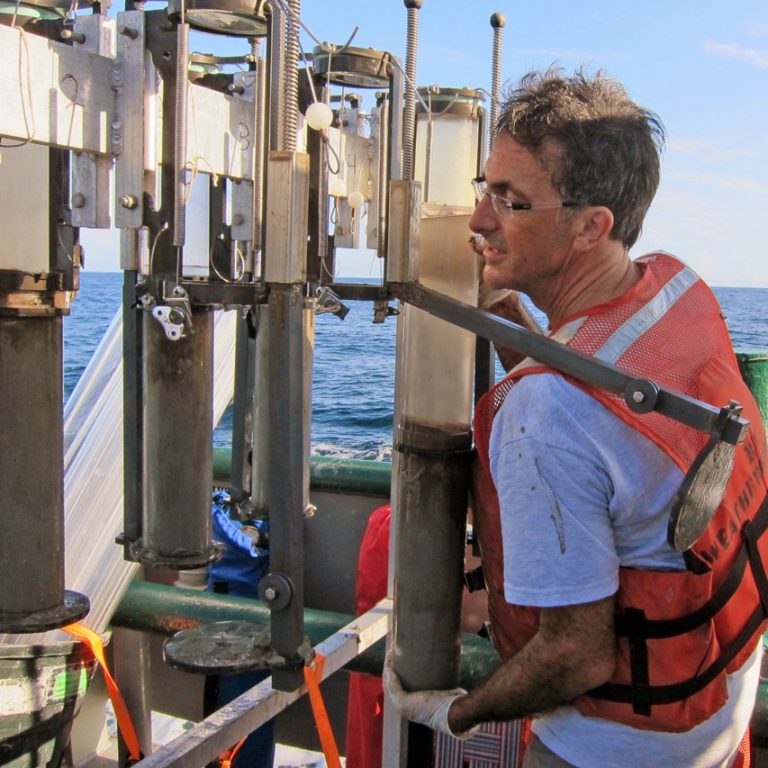Smithsonian’s Five Questions with Biological Oceanographer Uta Passow
Phytoplankton are active organic carbon producers and help drive the processes that move carbon from the ocean surface to the sea floor. Scientists are investigating impacts from the sudden large input of carbon from the Deepwater Horizon spill on this important biological cycle.

